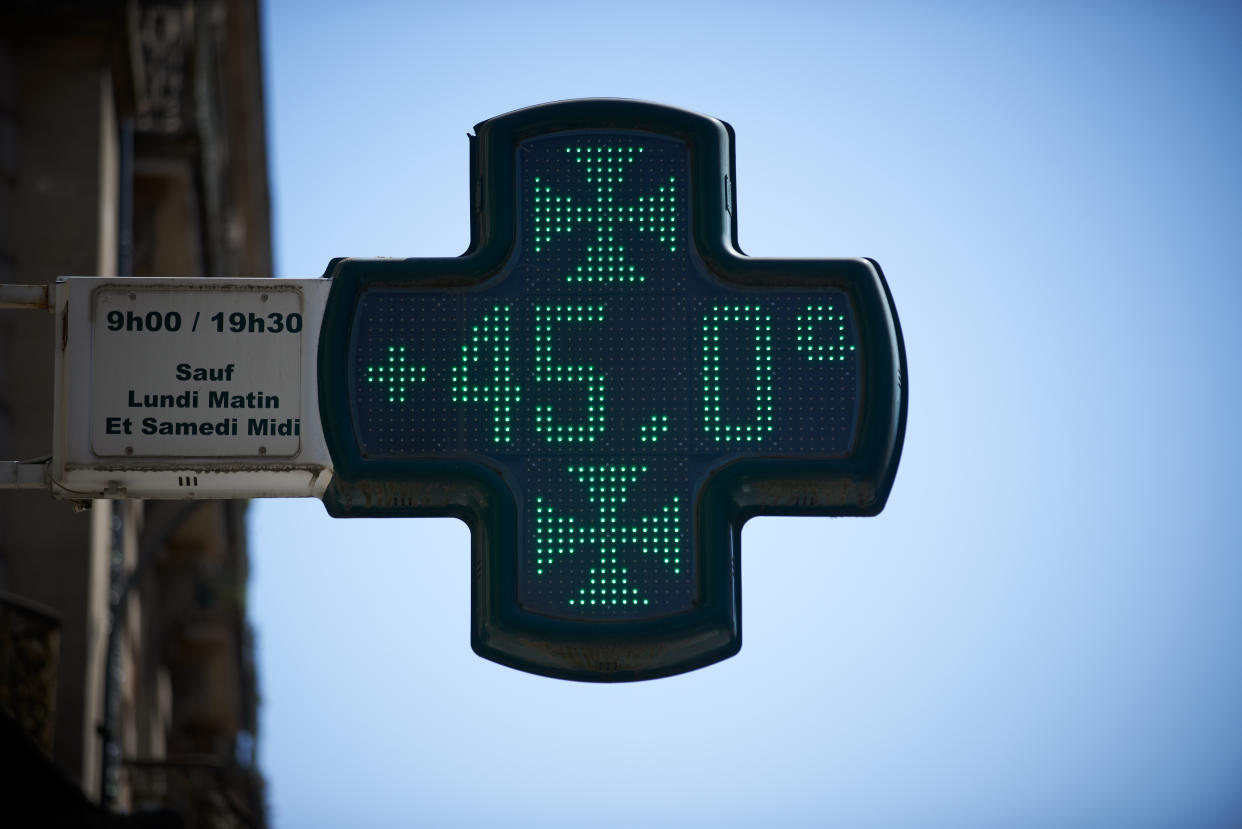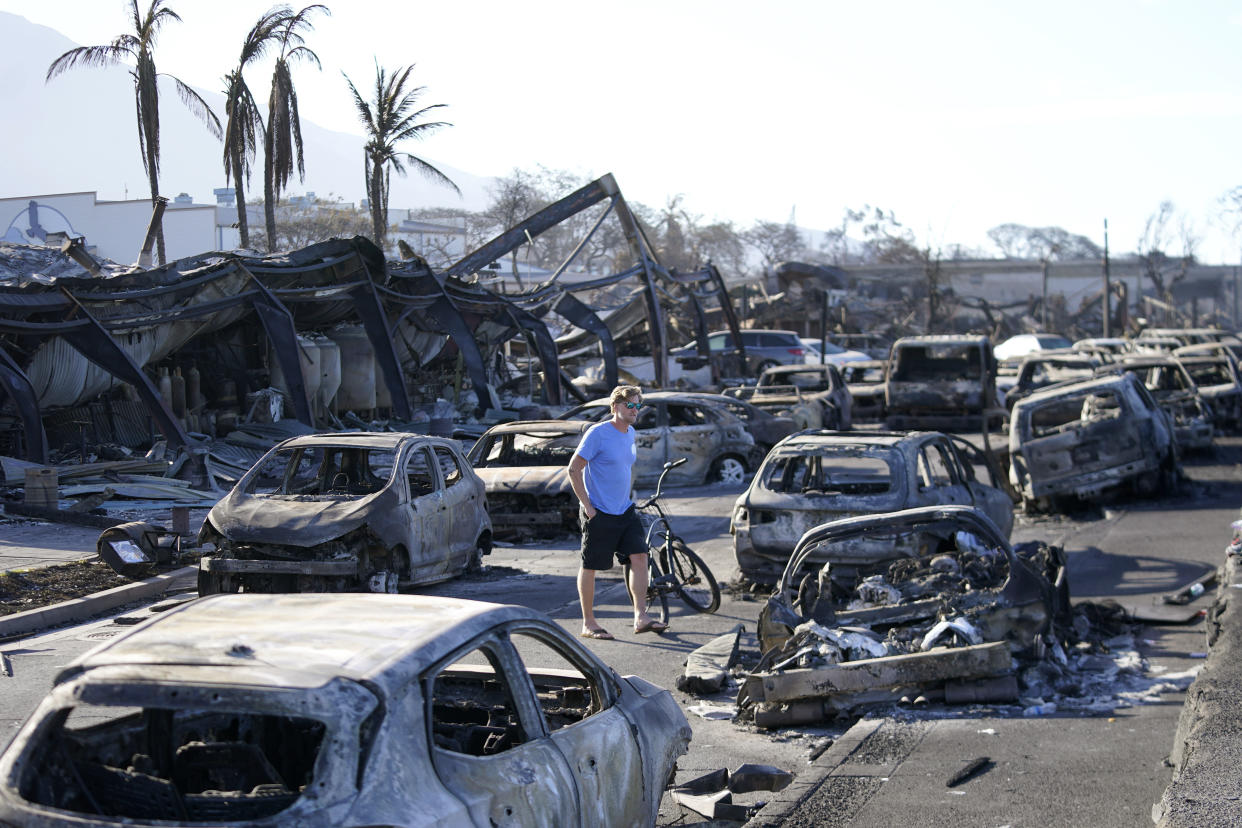We just had the hottest August on record. What does it mean?

Labor Day has passed, but cities including New York are still sweltering through a stretch of above 90-degree Fahrenheit temperatures this week, in what has been the world’s hottest summer on record. The Northeast, from northern Virginia to New England, is under a heat advisory, with Washington, D.C., expected to reach 100°F on Wednesday, according to Bloomberg News.
Wednesday also brought more evidence of global warming. Last month was the hottest August ever recorded and the second-hottest month ever measured, behind only July 2023, the World Meteorological Organization and the European Union's Earth Observation Program, known as Copernicus, announced.
This June was also the hottest June ever recorded, and the last three months were by far the hottest three-month stretch in history, according to the WMO and Copernicus.
“The dog days of summer are not just barking, they are biting,” U.N. Secretary-General António Guterres said in a statement. “Climate breakdown has begun.”
Read more from Yahoo News:This summer was a global record breaker for the highest heat ever measured, meteorologists say,via Associated Press
A record-breaking summer

“The three months that we’ve just had are the warmest in approximately 120,000 years, so effectively human history,” Samantha Burgess, deputy director of Copernicus, told AFP. Burgess is predicting that 2023 will end up being the hottest year to date.
Temperatures spiked before summer even officially began on June 21. June saw global average temperatures 1°F above those documented between 1991 and 2020 for the same month, easily breaking the previous record from 2019 of 0.7°F above average.
“Regionally, much of northwestern Europe also saw record temperatures, while parts of North America, Asia and eastern Australia saw temperatures considerably above average” this June, the Hill reported.
The first three weeks of July were so hot that the WMO and Copernicus were able to accurately predict that it would be the hottest month ever before it was even over. The heat was felt all over the United States, with as many as 150 million Americans under heat alerts at one time. During that month, Phoenix experienced a record-breaking 31 straight days of temperatures above 110°F, filling emergency rooms with victims of extreme-heat exposure.
August continued the trend. Like July, last month saw temperatures 2.7°F hotter than the average for the same month in the second half of the 19th century.
August temperatures were well above average in the Southern Hemisphere, where it is winter, including in Australia, several South American countries and much of Antarctica. In early August, parts of Argentina, Chile and Paraguay had temperatures in the high 80s Fahrenheit, way above their normal winter weather, which would be in the 40s.
The oceans also broke heat records last month. The warmest ocean temperature ever was recorded on Florida’s Gulf Coast, a Jacuzzi-esque 101.1°F. For the month as a whole, the global average ocean temperature of 69.8° F was also the hottest on record.
Read more from Yahoo News:Summer 2023 was hottest on record, scientists say, via Reuters
The reverberations

Extreme heat has direct consequences such as deaths from heatstroke, but also a number of indirect consequences that have been felt all over the country this summer.
High ocean temperatures can kill coral reefs, fish and shellfish, and sea grasses.
And higher air temperatures cause more water to evaporate, which both worsens droughts and makes rainfall heavier. Due to unusually dry conditions in Canada, the nation’s wildfire season started early and severely this year, causing wildfire smoke to billow across much of the Northern U.S. So far, an area larger than Greece has burned in Canada this year.
Warmer air and ocean temperatures also contributed to deadly wildfires on the Hawaiian island of Maui, torrential downpours that caused flooding in Vermont and upstate New York, and the first hurricane to make landfall in California in 84 years.
Read more from Yahoo News:2023 likely to be hottest year on record, via AFP
The causes

Scientists are virtually unanimous in saying that this year’s heat is driven primarily by global warming, which is caused by increased concentrations of heat-trapping gases, mostly from burning fossil fuels.
“Global warming continues because we have not stopped burning fossil fuels — it is that simple,” Friederike Otto, a climate scientist at Imperial College London, said in response to the announcement from the WMO and Copernicus.
This year is also especially warm because of El Niño, which is associated with a band of warm ocean water that develops in the Pacific Ocean.
Many experts say the rising temperatures and their deadly effects should spur governments to take more action to reduce greenhouse gas emissions.
“2023 is the year that climate records were not just broken but smashed,” Mark Maslin, a professor of climatology at University College London, told reporters. “Extreme weather events are now common and getting worse every year — this is a wake-up call to international leaders.”


